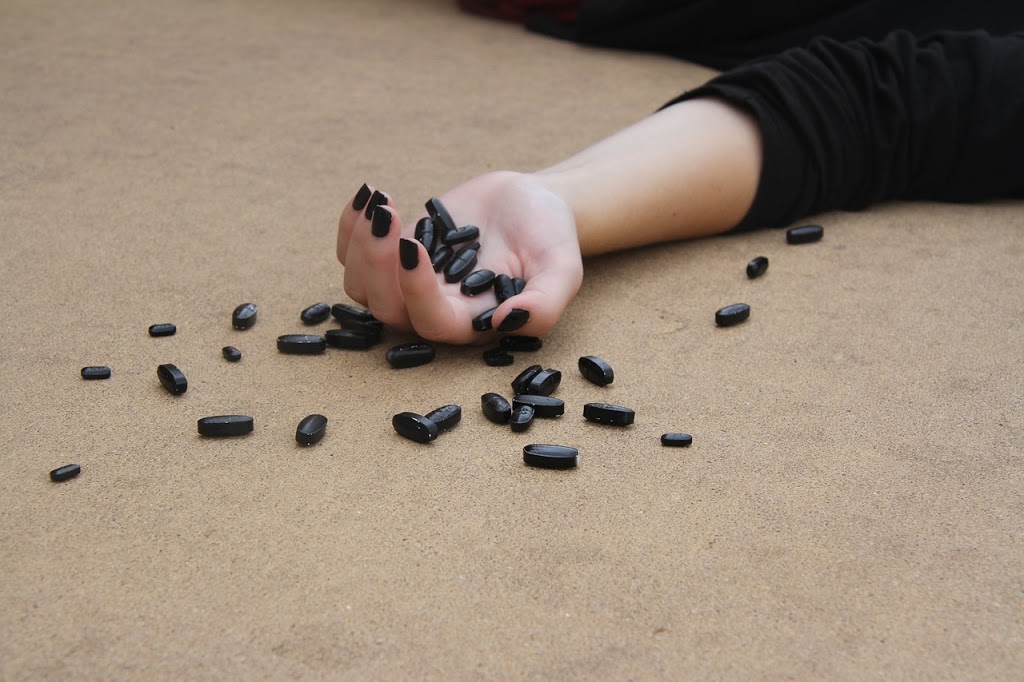Will an increasing pressure on prescribers curb the rising opioid overdose rates? With only 0.5% of patients prescribed opioids reportedly
Resolving youth opioid addiction needs evidence-based care
Youth opioid addiction, and related harms continue to rise in North America. With an increasing number of opioid overdoses, there remain significant
Clinician-Scientist Training in Addiction Medicine
In a new article from the Academic Medicine, we argue that clinician-scientist training is one of the most important bridges to cross the growing
Does alcohol use change after shift to Methadose?
Do people drink more when they switch to Methadose? It is 10 times more concentrated than methadone - proven treatment of opioid use disorder. We did
Naloxone and Irish Primary Care Practitioners
We wanted to know what General Practitioners’ (GP) views and experiences of opioid addiction, overdose care and naloxone provision are. Naloxone is an
Annual review: Summaries, essays and productive conferences
The post on 27 deaths out of 100 people receiving methadone in primary care over 17 years was the most frequently visited piece of writing in the year
Alcohol holding up methadone treatment
This review asked whether excessive drinking can get in the way of treating heroin addiction. No current evidence supports the clinical
Recipe for untangling complex healthcare
So there he was, with the boy's head in his hands. The boy was 12, but looked no more than 10 years old. He was deeply jaundiced and in a heroin
Need more skilled addiction specialists? New paper out now
photocredit: Wolters Kluwer Training in addiction medicine gives clinicians early intervention tools, prevents the







